Keck Observatory
As members of the University of California Observatories (UCO), astronomers within the Center for Cosmology have access to the twin 10-meter Keck telescopes --- among the world's largest optical and infrared telescopes. Located on the summit of Mauna Kea in Hawaii, the Keck telescopes probe the deepest regions of the Universe with unprecedented power and precision. Each telescope stands eight stories tall and weighs 300 tons, yet operates with nanometer precision. At the heart of each Keck Telescope is a revolutionary primary mirror. Ten meters in diameter, the mirror is composed of 36 hexagonal segments that work in concert as a single piece of reflective glass.
|
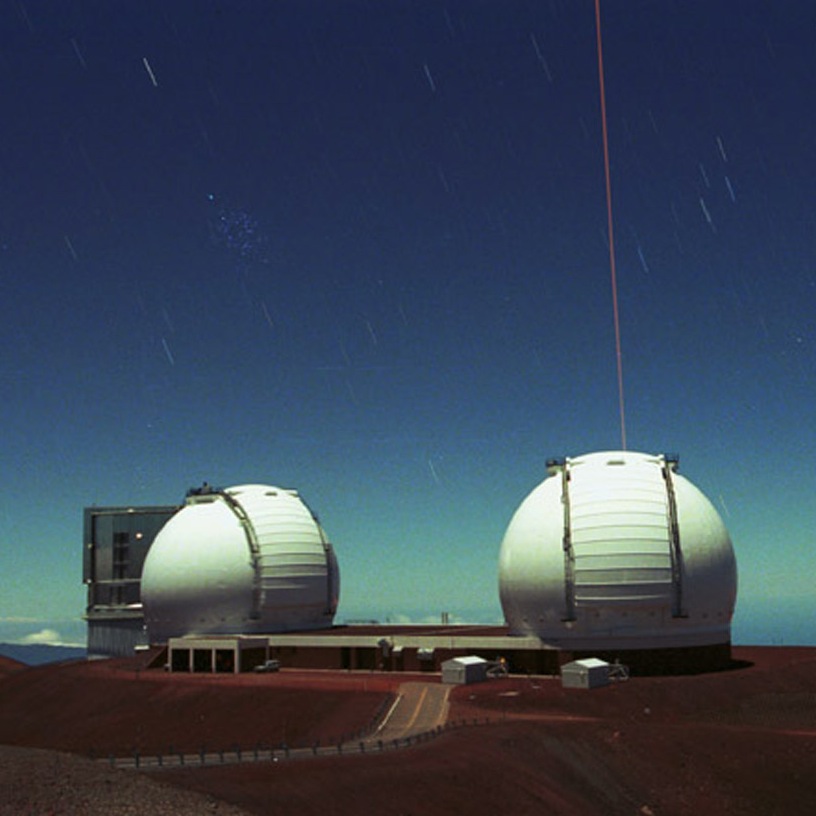 |
Super-KamiokandeUC Irvine continues to be a leader in neutrino physics (e.g. Frederick Reines, IMB) with its major involvement in the Super-Kamiokande experiment. Super-Kamiokande is a 50,000 ton water Cerenkov detector located in the Kamioka Mozumi mine in Japan. In 1998, the Super-K collaboration announced evidence for neutrino mass. |
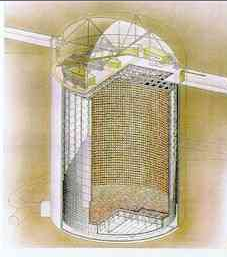 |
AMANDA & IceCube
Located at the South Pole, like its predecessor AMANDA, the IceCube neutrino experiment aims to detect high-energy neutrinos using the deep artic ice.
|
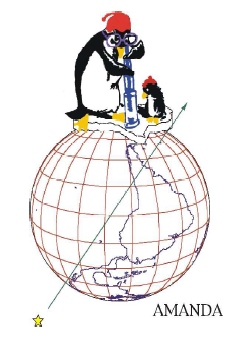 |
Large Synoptic Survey Telescope (LSST)Through the Center for Cosmology, UC Irvine is a partner in the Large Synoptic Survery Telescope (LSST). LSST is a planned ground-based 8.4-meter telescope with a remarkable 10 square-degree field-of-view (the area of nearly 50 full moons in the sky). Once constructed, it will provide digital imaging of faint objects across the entire southern sky, night after night, and will effectively construct a movie-like view of objects that change or move on rapid timescales: exploding stars, potentially hazardous near-Earth asteroids, distant Kuiper Belt Objects, etc. LSST will also be used to trace millions of stars throughout our Galaxy and billions of distant galaxies in the Universe. It will be used to map the distribution of dark matter on large scales and provide multiple tests of the mysterious dark energy that pervades the Cosmos.
|
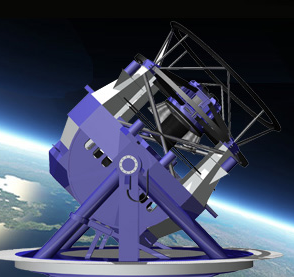 |
Thirty Meter Telescope (TMT)
Through UCO Lick Observatories, UC Irvine is a partner in the Thirty Meter Telescope (TMT) project. The goal of the TMT project is to construct an extremely large telescope based on more than 700 hexagonally-shaped mirror segments that stretch a total of more than 30 meters in diameter. With nearly ten-times the collecting area of the current largest telescopes in the world (see Keck above), TMT will probe the first galaxies in the Universe and help astronomers answer the most challenging questions in astrophysics, from "How do planets form?" to "What is the ultimate fate of our Galaxy?"
|
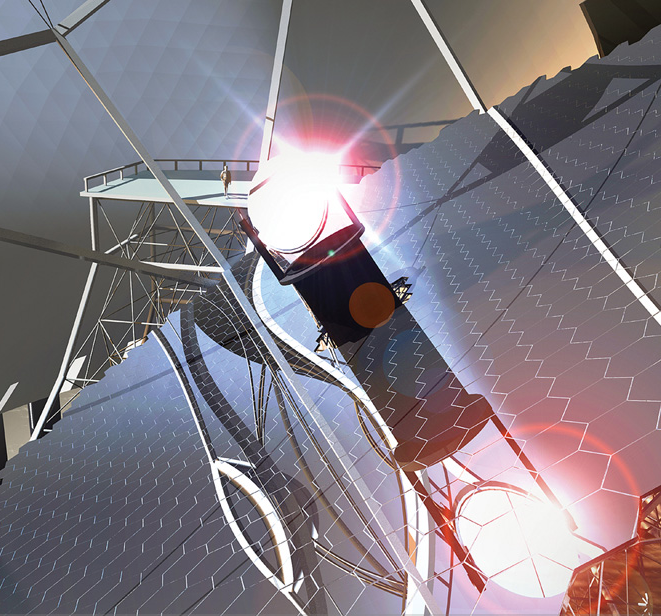 |
